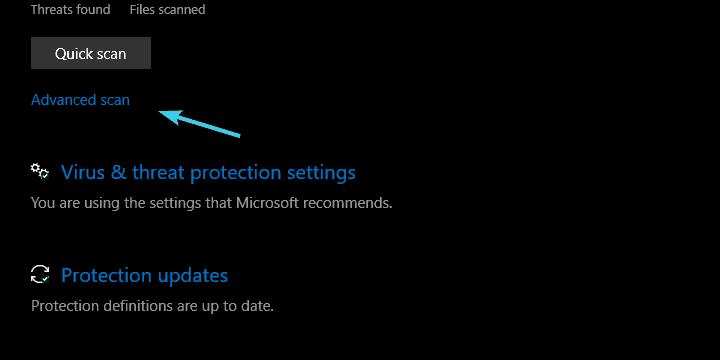


But for a tablet, like a Surface 3, if you open it to do short and quick tasks a couple times a day, it’s frustrating to have to wait thirty or more seconds each time.

That’s okay for a laptop that you only use for big blocks of work. That means, after only a few hours, the tablet is waking up really slowly. On past Windows tablets and laptops I’ve owned, I recall it being days before hibernation kicked in automatically like that, which was good.īut these days, you will see unplugged Windows laptops cutting over from sleep to hibernation in only a few hours. That’s so that you don’t completely deplete your battery and lose any data that’s active at the time you put it to sleep. If you put a Windows laptop or tablet into sleep and leave it unplugged, after a certain length of time the laptop will automatically cut over to hibernation. If that happens, leave a comment stating what’s up so others can learn from what you learned (but sorry, we can’t debug your Windows settings).Ĭhange #1 for a Windows Tablet: Change the Time after which Sleep Changes to Hibernate. If they aren’t favorable to your particular work situation or usage habits, then don’t do them! Or perhaps the steps aren’t quite the same on your computer. The first one is a bit complicated, but they are much easier after that.īy the way, try to understand what’s going on before doing these settings. The following four settings changes are the ones I recommend you change in Windows 10, especially if you are using a Windows tablet. The default settings are, in my opinion, not ideal for most usage cases. So it makes sense to decide which of these you want to use and when. However, sleep uses a fair amount of battery power. Sleep stores the state of your computer in RAM, and so resumes much faster you’ll be up and running in two to five seconds in some cases. But that’s still much slower than using sleep. That way when you start the computer again, even months later, it starts much faster than a fresh boot of the computer, so it’s up in about thirty seconds. Hibernation shuts power use off completely-zero battery drain-and stores the state of your computer in the hard drive. I know most of you are aware of the differences between hibernation and sleep on a computer. These may be especially important if you are using a Windows tablet, but they are also useful for laptops, and they all have to do with hibernation and sleep. Out of the box, Windows 10 comes with some power settings that, depending on your usage habits, probably should be changed.


 0 kommentar(er)
0 kommentar(er)
